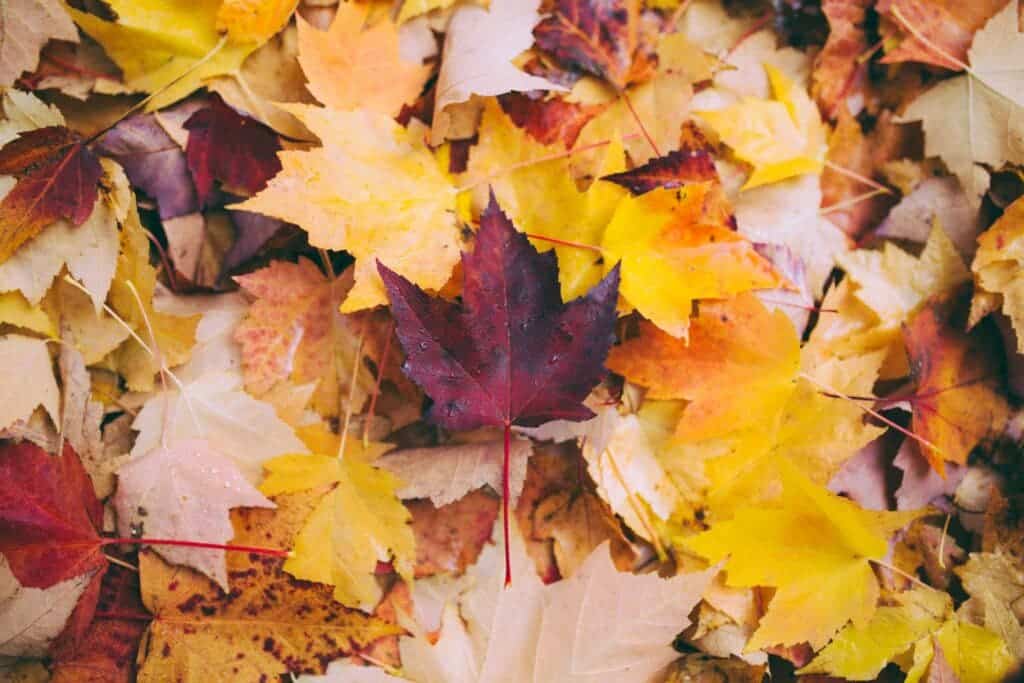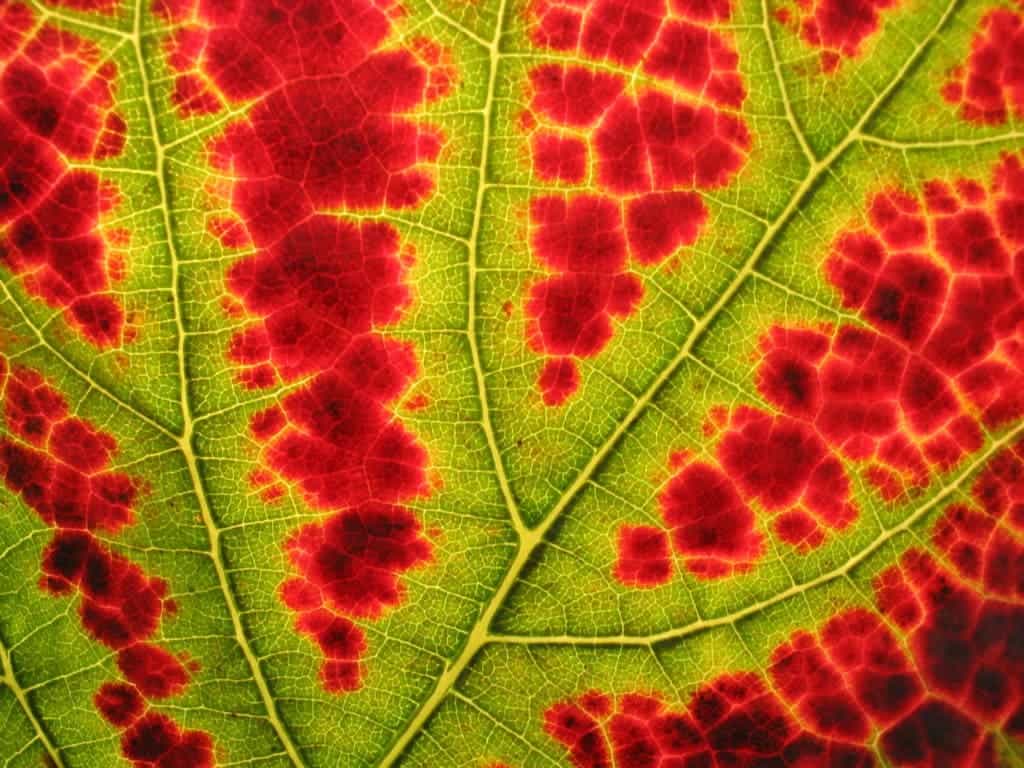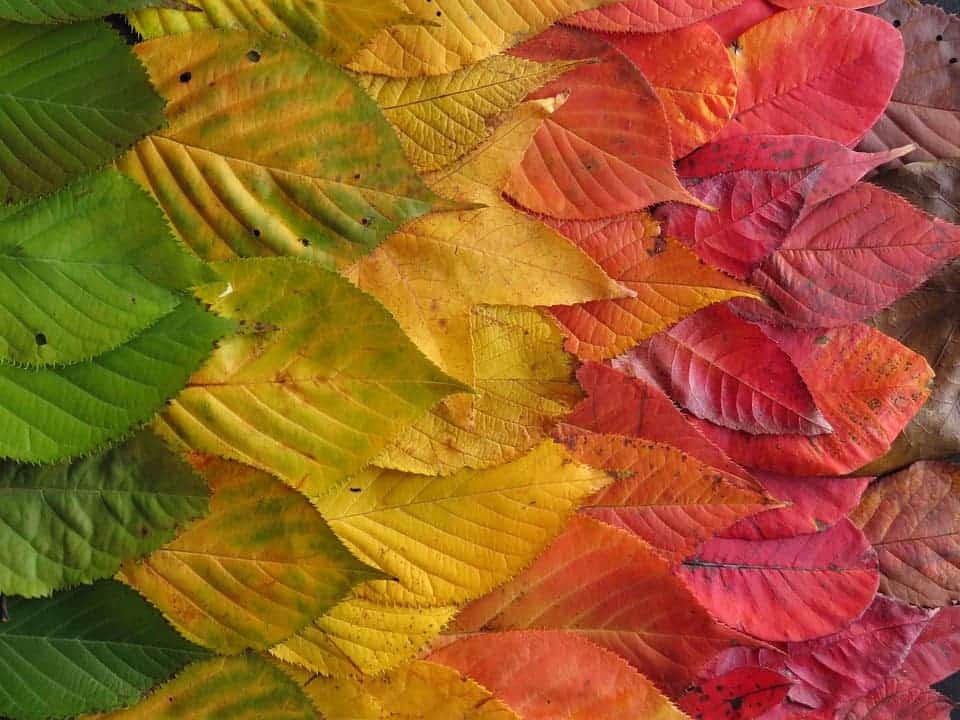As autumn comes in and the days grow shorter and colder, something starts to happen to the trees. The green leaves, the hallmark of trees throughout spring and summer start to change color. They turn into a rainbow of yellow, orange, and red, and slowly fall to the ground.
Why does this happen?
There’s a very clear scientific explanation for this. Leaves fall from trees in autumn because as temperatures drop, the tree’s internal temperature is also dropping. The amount of light that plants can work with to produce photosynthesis also decreases. Leaves are losing nutrients and they can’t photosynthesize as well due to lower light levels so they lose their greenness. Simply put, they provide little help to the tree in the autumn and winter there’s less of a reason to keep them around — so they just drop from the tree.
But that’s just the short story; the long story of why leaves fall down is way more interesting.

Preparing for winter
Ah, autumn — the air is crisper and the trees are turning brilliant shades of gold, red, and brown. But as appealing as this array of colors may be to us, it’s a challenging process for trees.
In the temperate areas of the northern hemisphere, it gets very cold in the winter and there is not much sunlight, which the trees need to feed themselves. Most trees can’t just go on ‘business as usual’ and need to start making changes — and leaves are the ones that change.
Leaves are delicate and are unlikely to survive the harsh upcoming winter, so the tree prepares itself for the cold by taking all useful things from the leaves before they fall. This preparation process is what causes the leaves to display their striking autumn colors. There’s a good reason why different trees have leaves that turn different colors.
In the summer, most trees have green leaves because they contain the pigment chlorophyll. This pigment is also used to convert sunlight into energy for the tree. But chlorophyll is expensive to make — it takes up a lot of energy. If trees stop making it, they can save up on energy; furthermore, if they reabsorb the molecules that make up chlorophyll, then you don’t have to make it from scratch, and when you decide you want to grow again, you have the building blocks for it already.
In summer, chlorophyll is constantly replaced in the leaves. When it gets cold, the plants stop making chlorophyll and it breaks down into smaller pieces. The trees can reuse the nitrogen that is in the chlorophyll molecule. This is why leaves change colors before they fall off of the tree: the important nutrients that can be reused are taken out of the leaf. The time when leaves start changing color is more dependent on light than on temperature so leaves start changing color at about the same time each year. When deciduous trees reach this light threshold, carbohydrates are transferred from the leaf to the branch and no new minerals are brought in. The trees prepare to separate with their leaves and withdraw the chlorophyll. This is when leaves stop being green and start turning gold, brown, or red.

A rainbow of autumn colors
The green color of chlorophyll is so strong that it masks any other pigment. The absence of green in the fall lets the other colors come through. Leaves also contain pigments called carotenoids; xanthophylls are yellow (such as in corn) and carotenes are orange (like in carrots). Anthocyanins (also found in blueberries, cherries) are pigments that are only produced in the fall when it is bright and cold. Because the trees cut off most contact with their leaves at this point, the trapped sugar in the leaves’ veins promotes the formation of anthocyanins, which are used for plant defense and create reddish colors.
However, trees in the fall aren’t just yellow and red: they are brown, golden bronze, golden yellow, purple-red, light tan, crimson, and orange-red. Different trees have different proportions of these pigments; the amount of chlorophyll left and the proportions of other pigments determine a leaf’s color. A combination of anthocyanin and chlorophyll makes a brown color, while anthocyanins plus carotenoids create orange leaves.

Low temperatures still above the freezing point help to produce anthocyanin, which produces a bright red color. An early frost weakens the color by destroying the creation of anthocyanins, however. Drought can also cause leaves to fall off without changing color. Where just a few tree species dominate, like in New England and Northeast Asia, color displays are intense but short. Diverse forests mean a longer display. Cloudy and warm falls like those in Europe cause dull colors.
Where the stem of the leaf attaches to the tree, a layer of cells forms that eventually cuts the tissue that attaches the leaf to the tree. There is a closed scar on the branch where the leaf was attached; the leaf is then free to fall when prompted by wind, gravity, rain, and so on. When the leaves die and the chloroplasts are completely broken down, leaves turn a boring brown.
Still, regardless of color, this is a remarkable adaptation that trees have developed in response to changing seasons.
Why some trees don’t lose their leaves
Trees whose leaves fall down in autumn are called deciduous. Trees that don’t undergo this process are called evergreen.
The term ‘evergreen’ is a bit of a misnomer because evergreen trees also lose their leaves, but they do so gradually and not all at once. There are a couple of important reasons why this happens.
For starters, ‘evergreen’ trees tend to be in the tropics or the equator, where there’s not such a big temperature and sunlight variation between seasons. Most rainforest plants are evergreens, as are many species growing in arid climates. In cooler climates, fewer plants are evergreen — it’s mostly the conifers that do it, as they can tolerate severe cold, and they have specially-adapted leaves (the needles) that are much more resilient.
Ultimately, whether deciduous or evergreen, trees have managed to adapt remarkably well to different climates and environments — the color spectacle we see in temperate areas in the autumn is a striking testament to that. This is the science behind why the leaves that fall in the autumn are everything from red and yellow to orange and bronze to, finally, brown.



